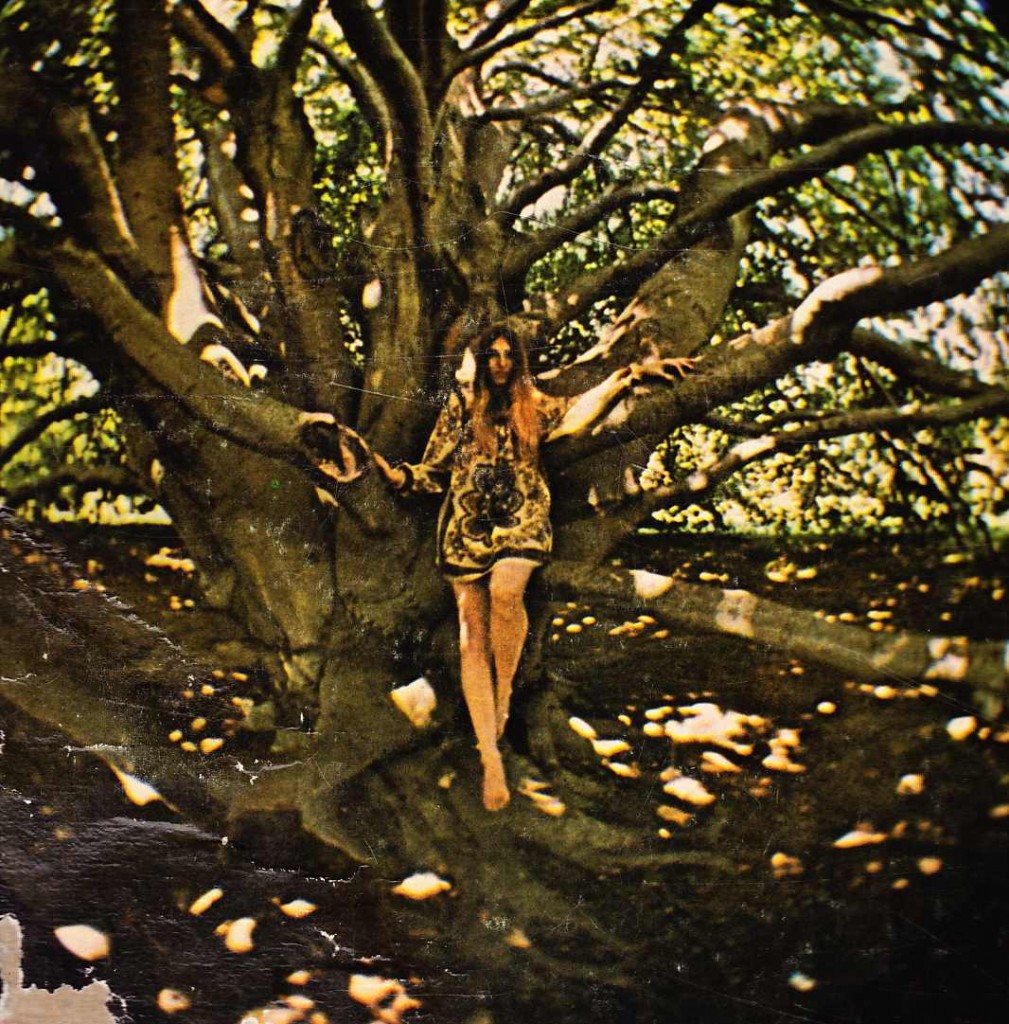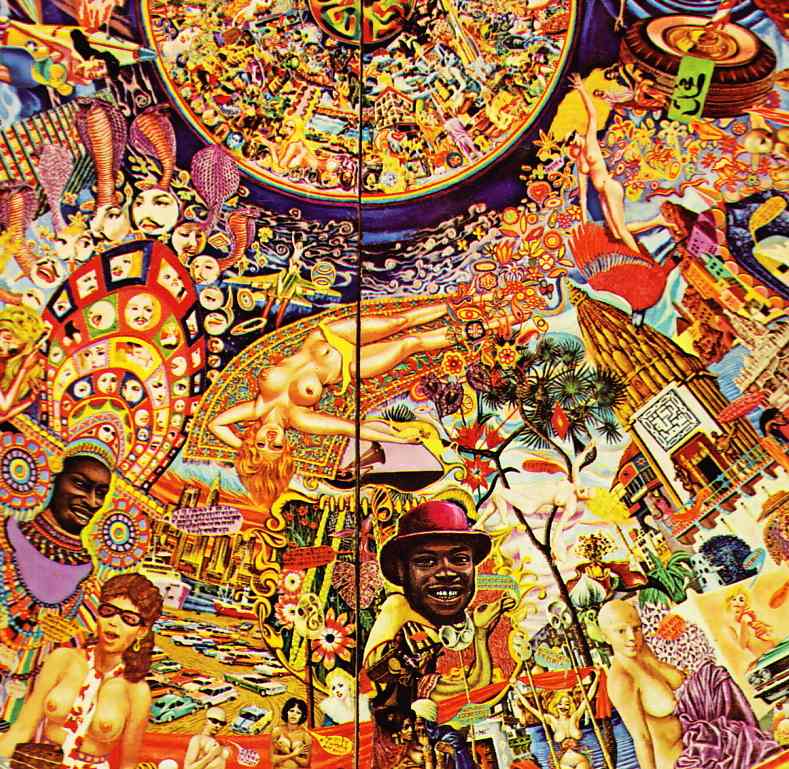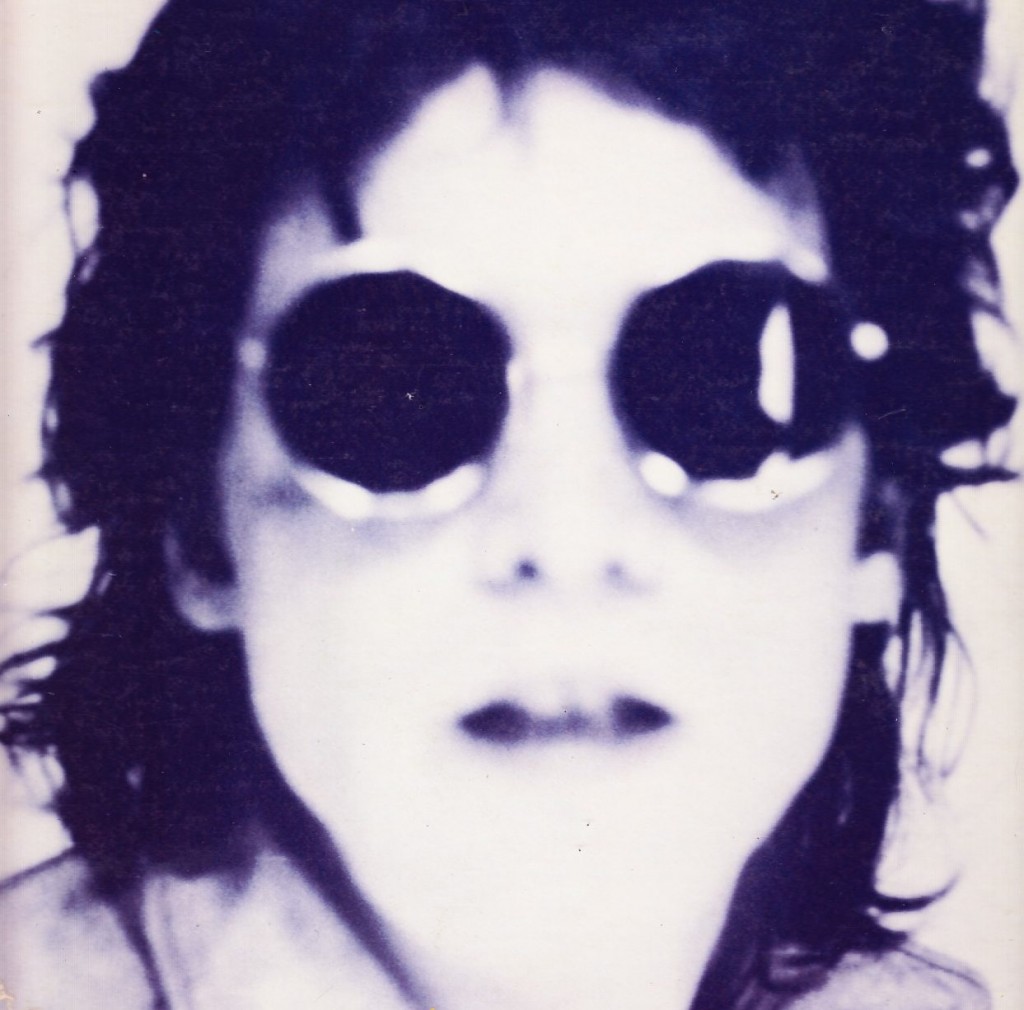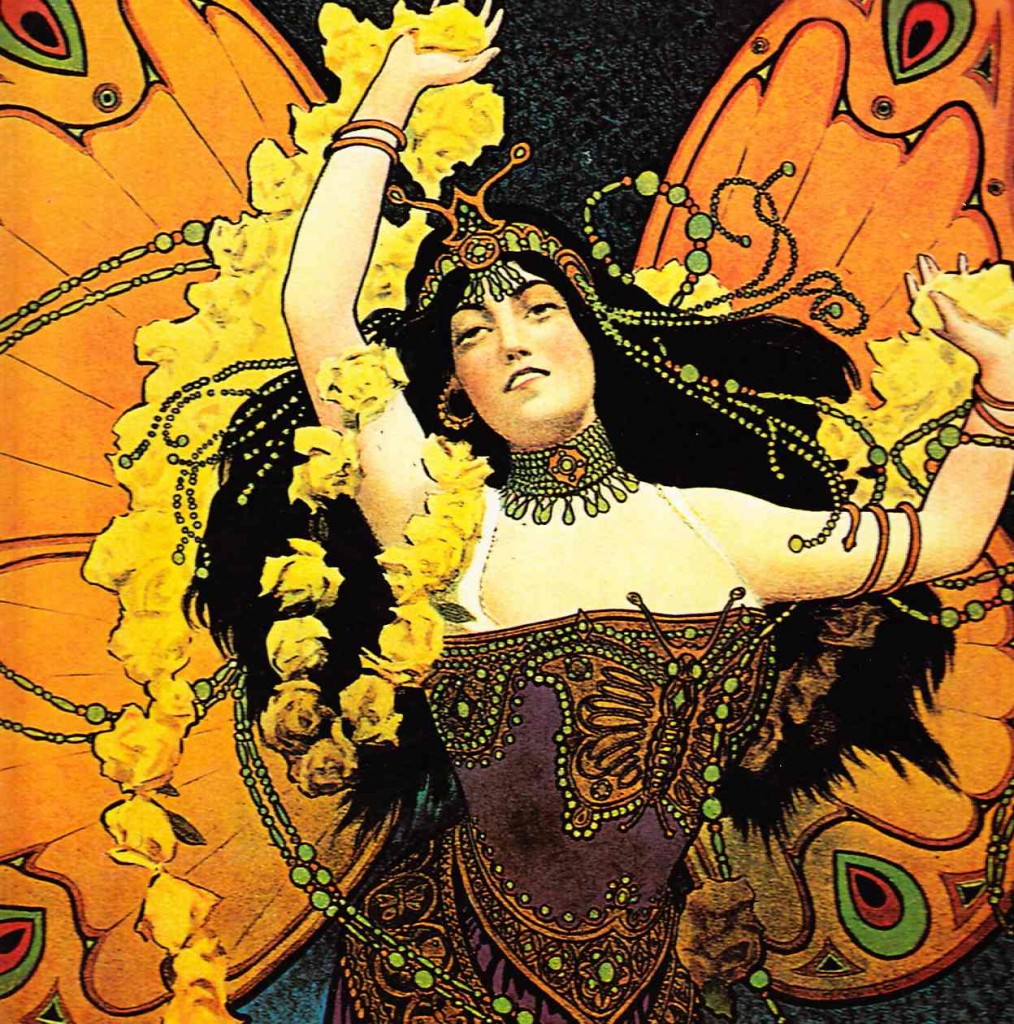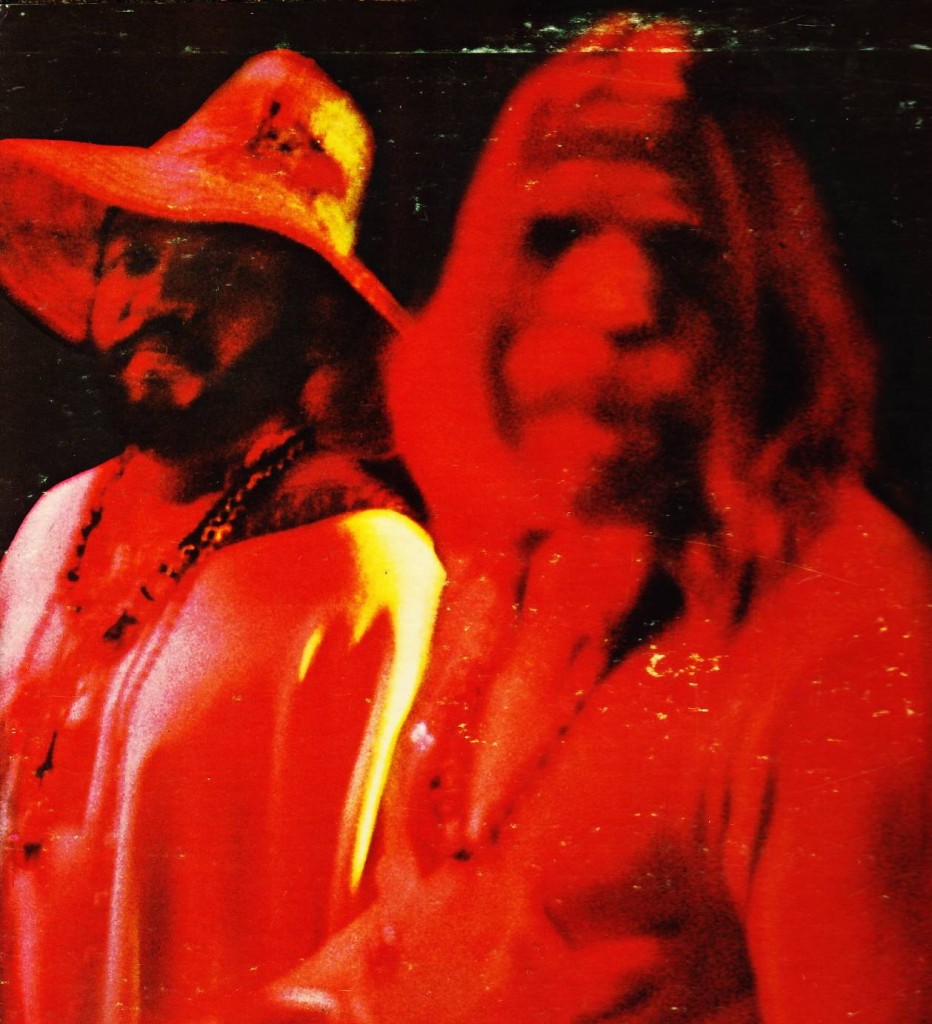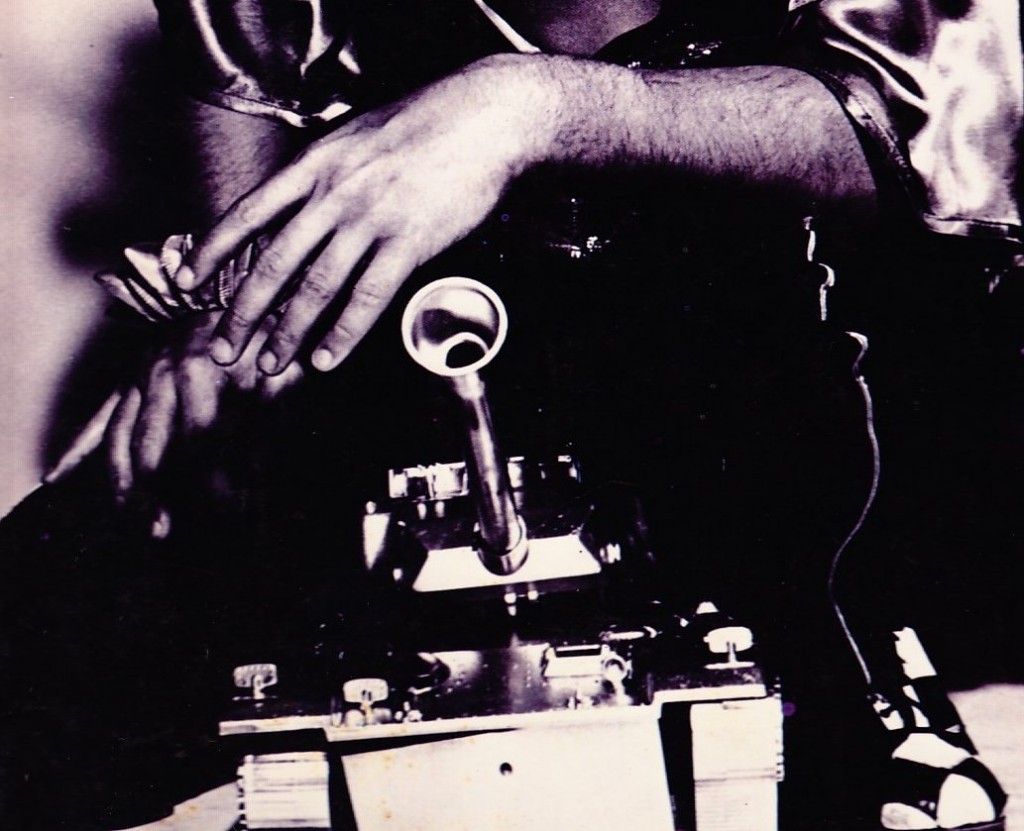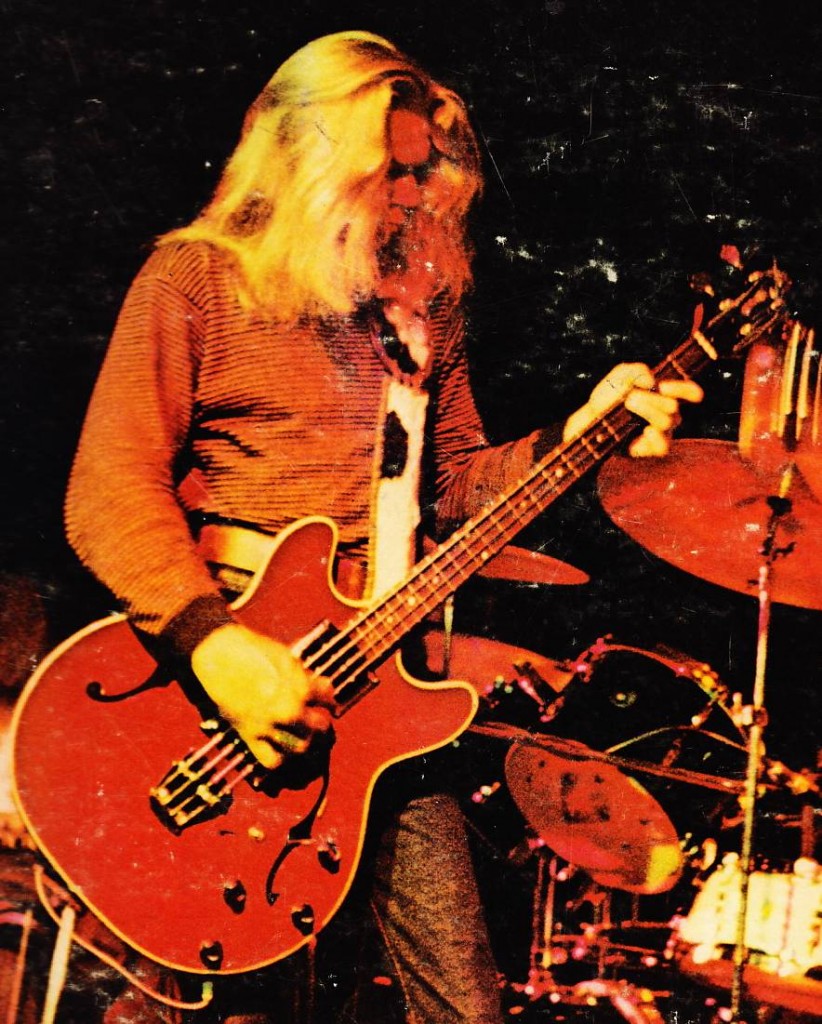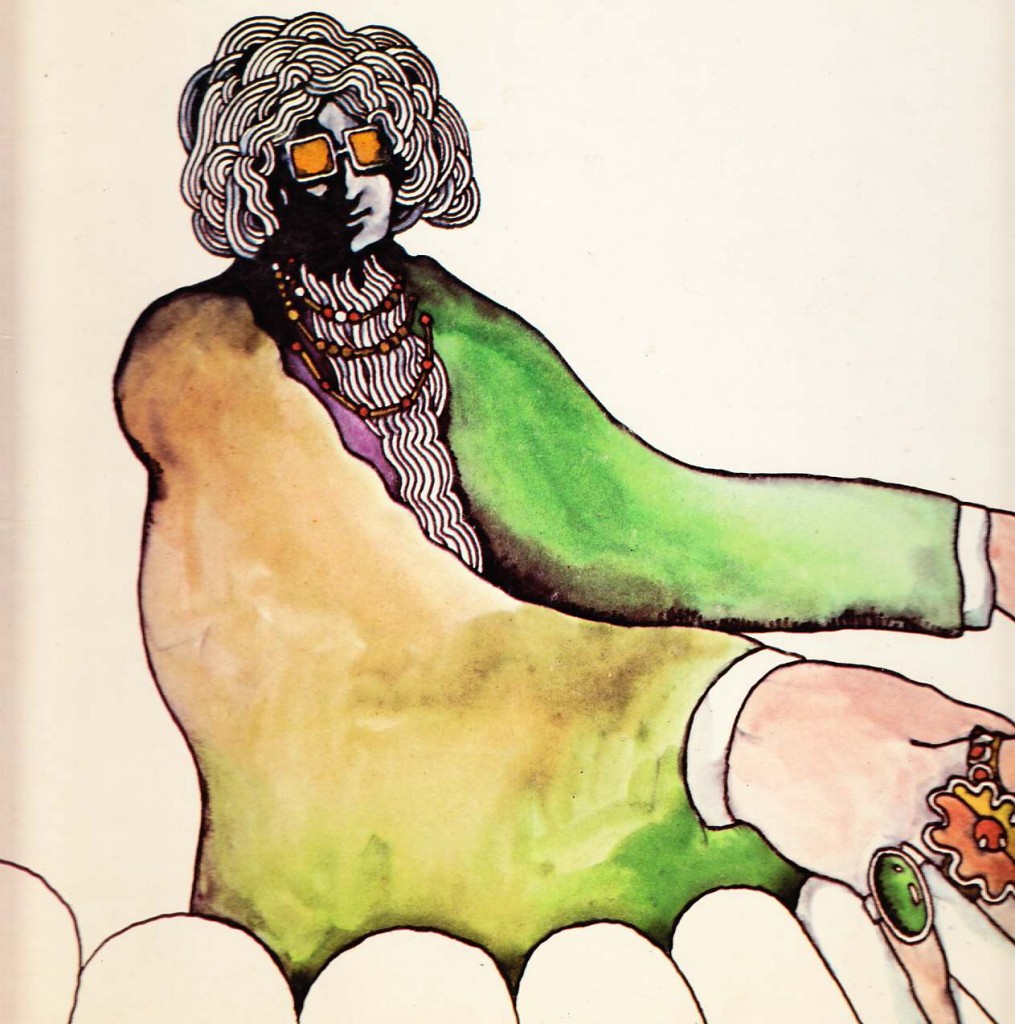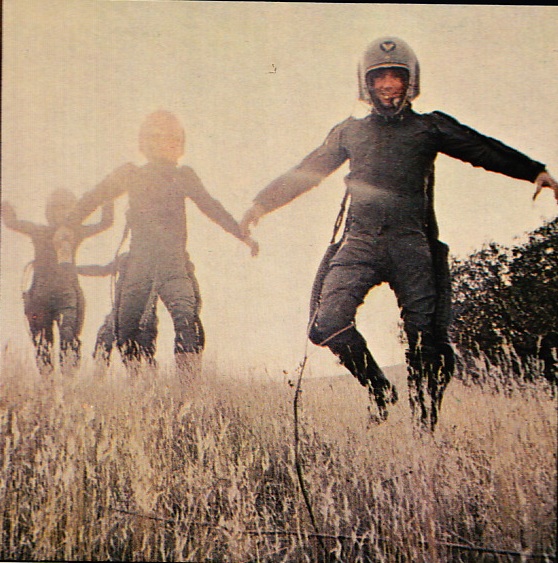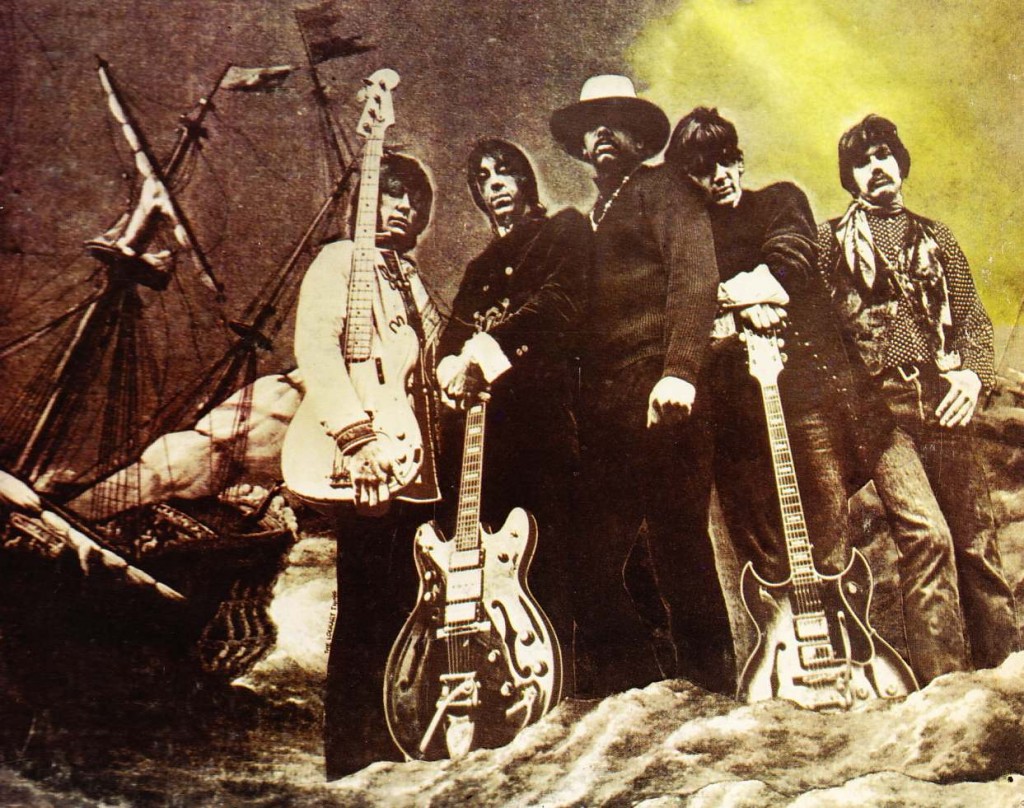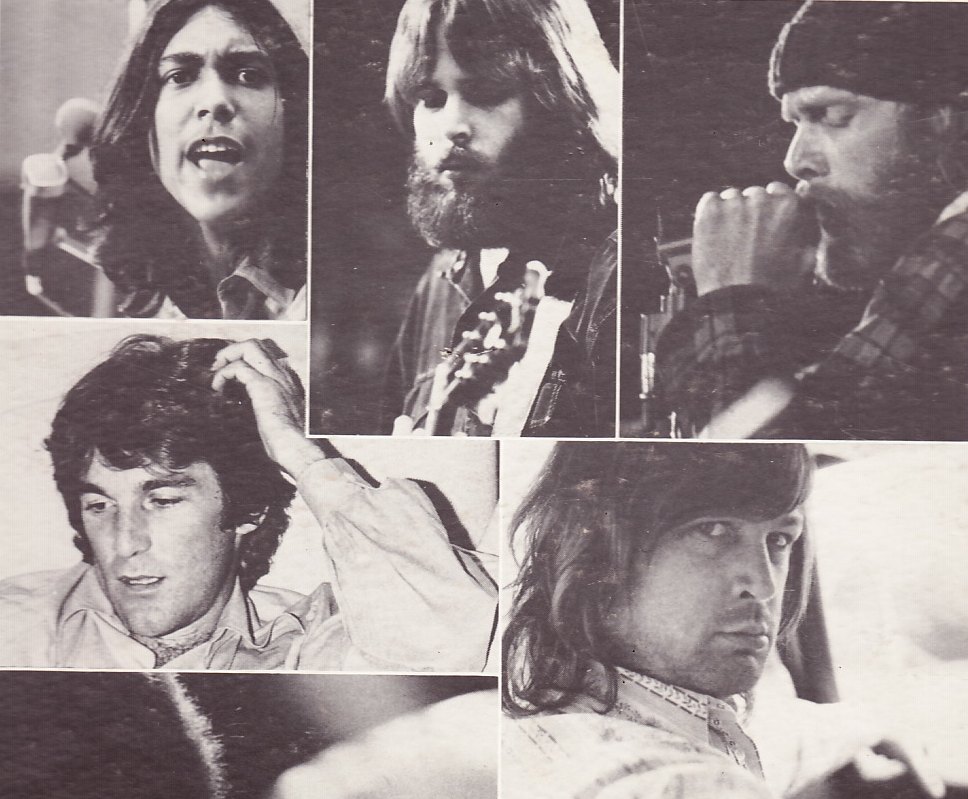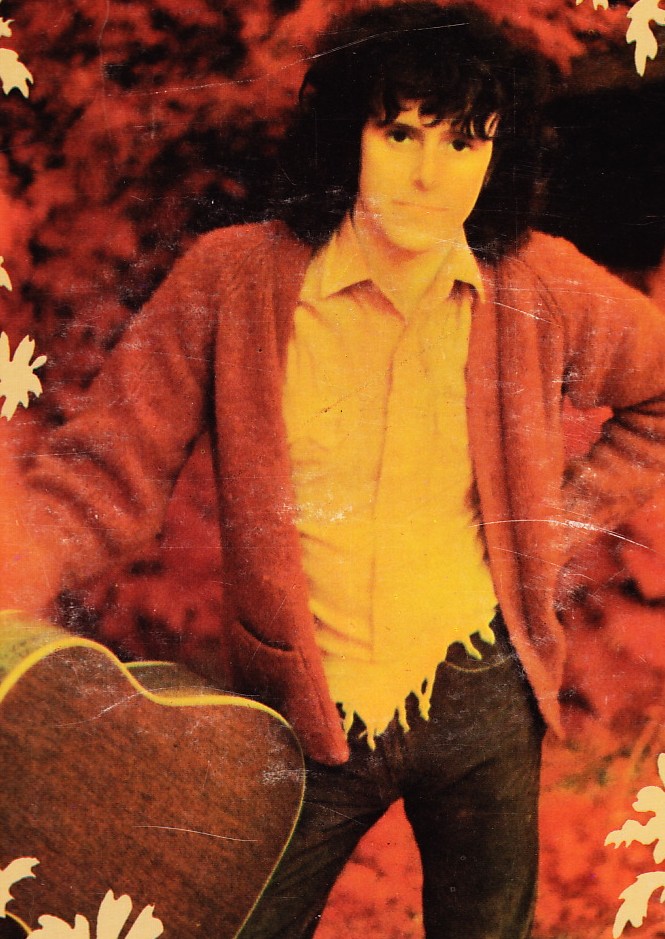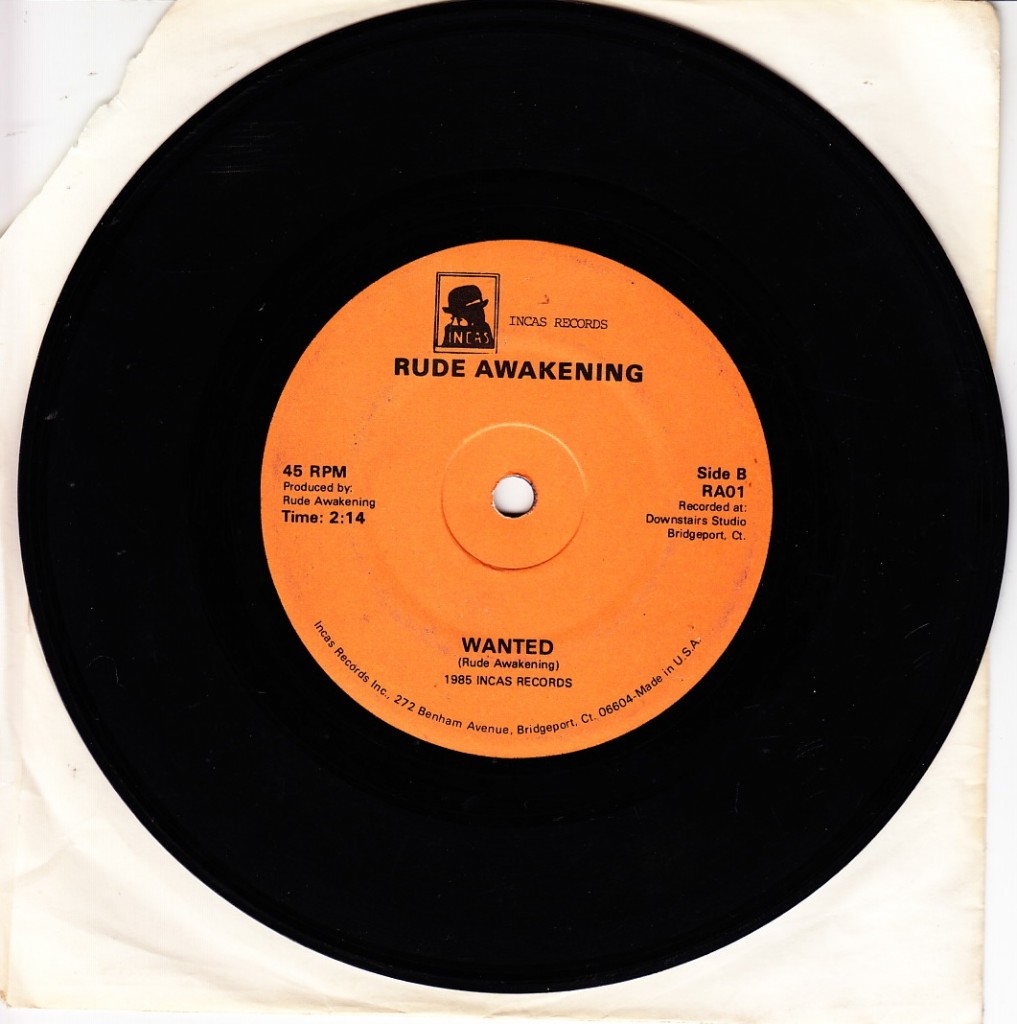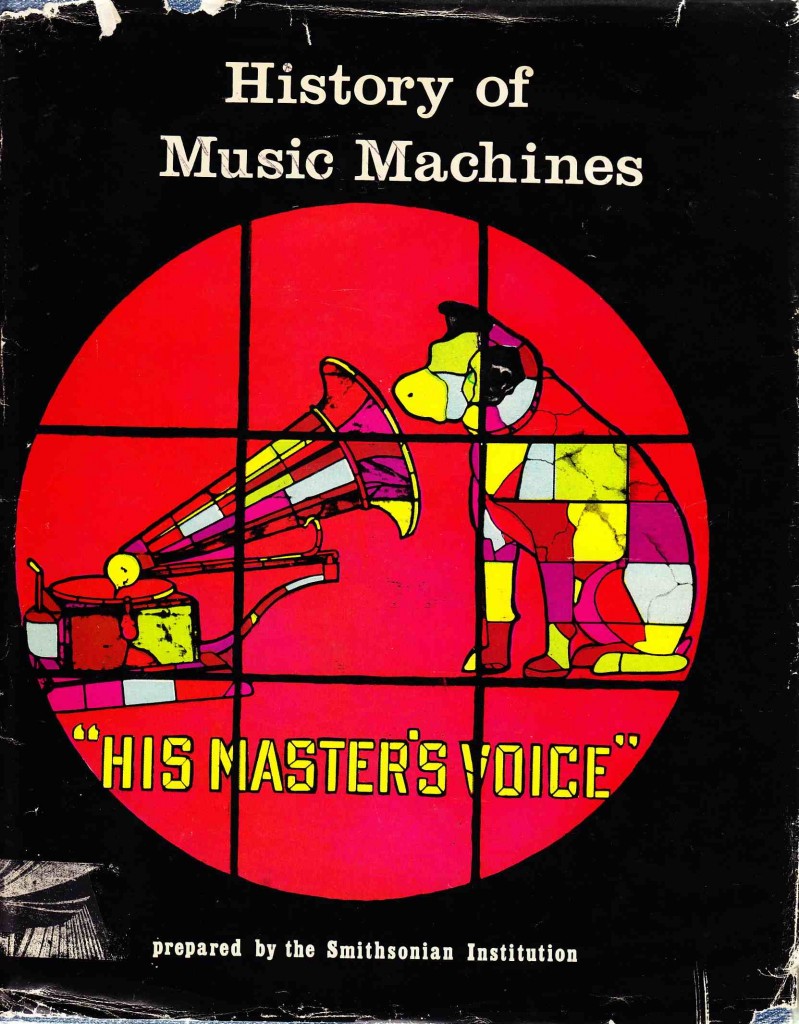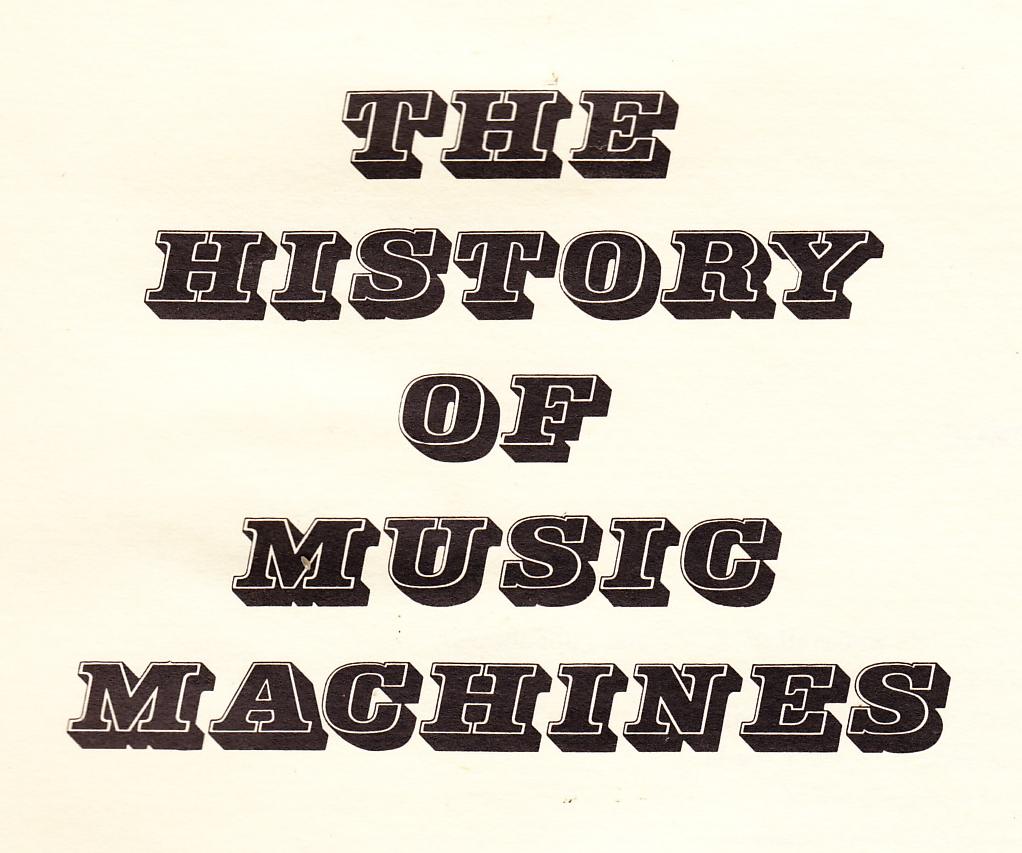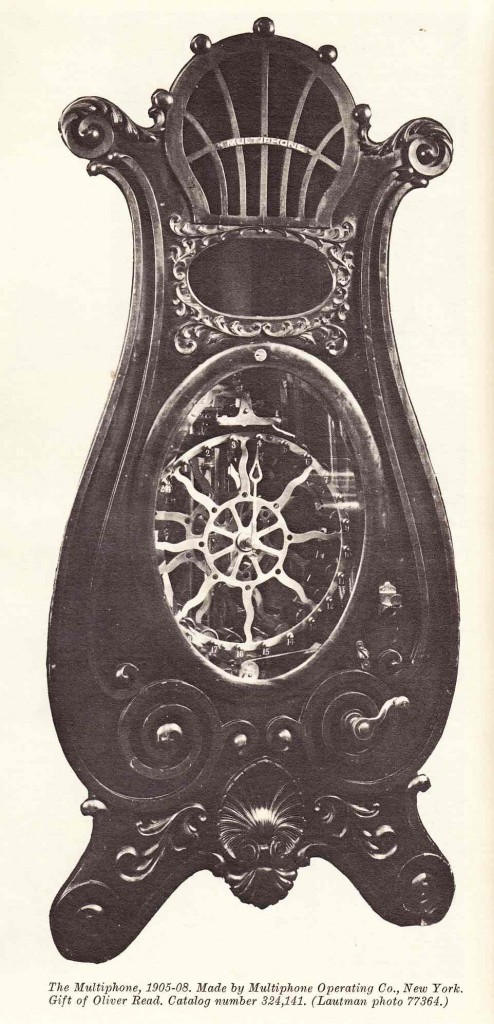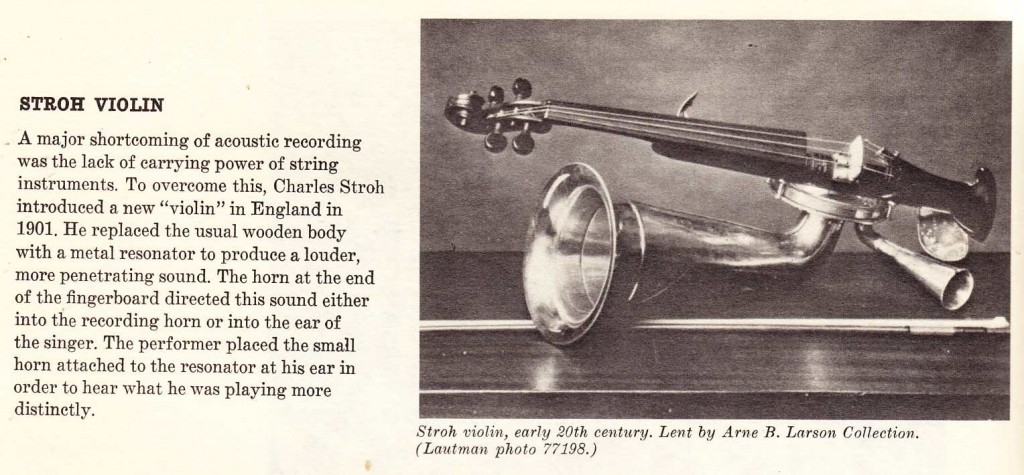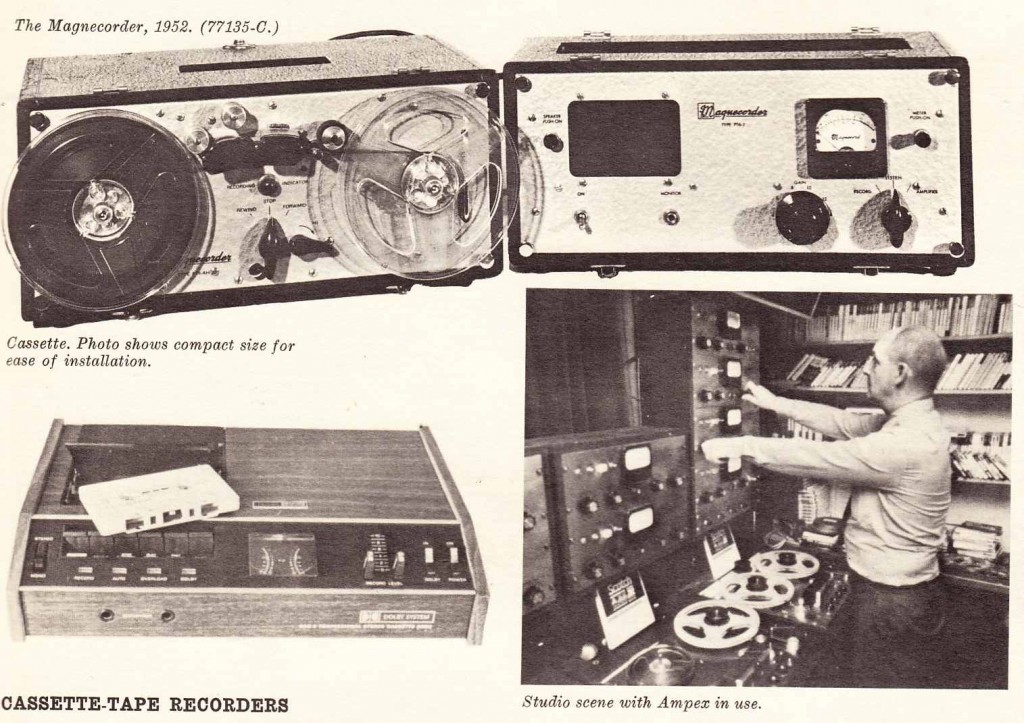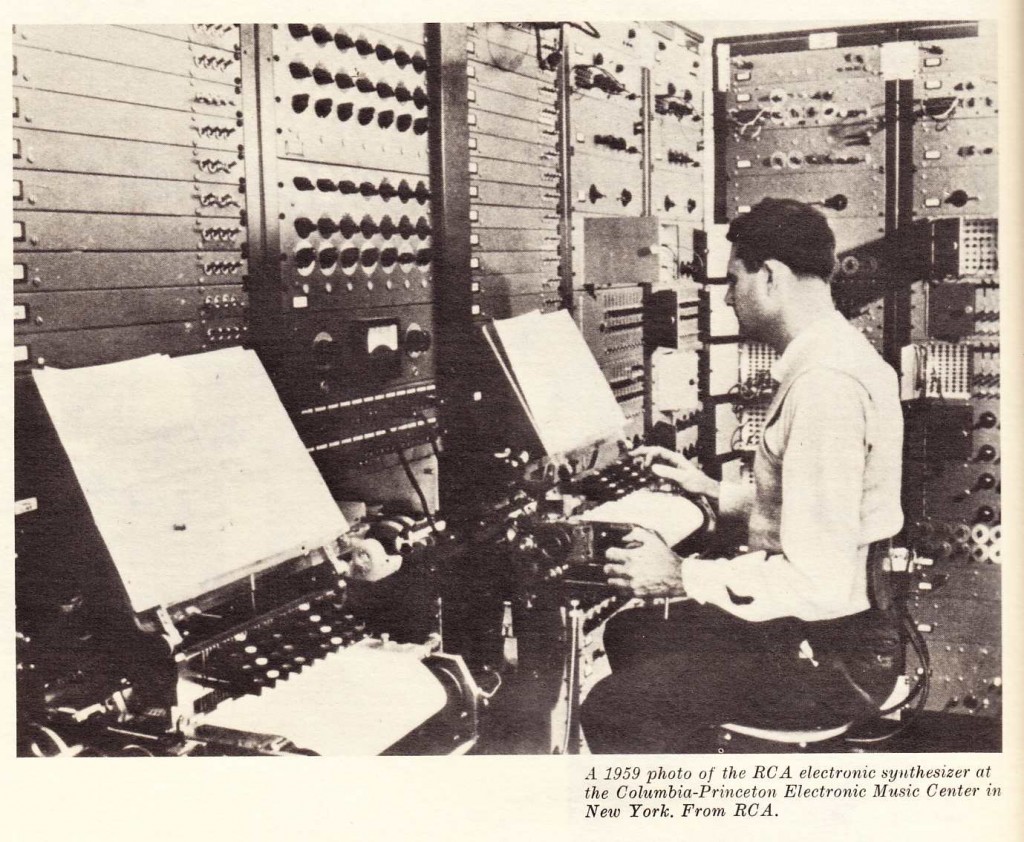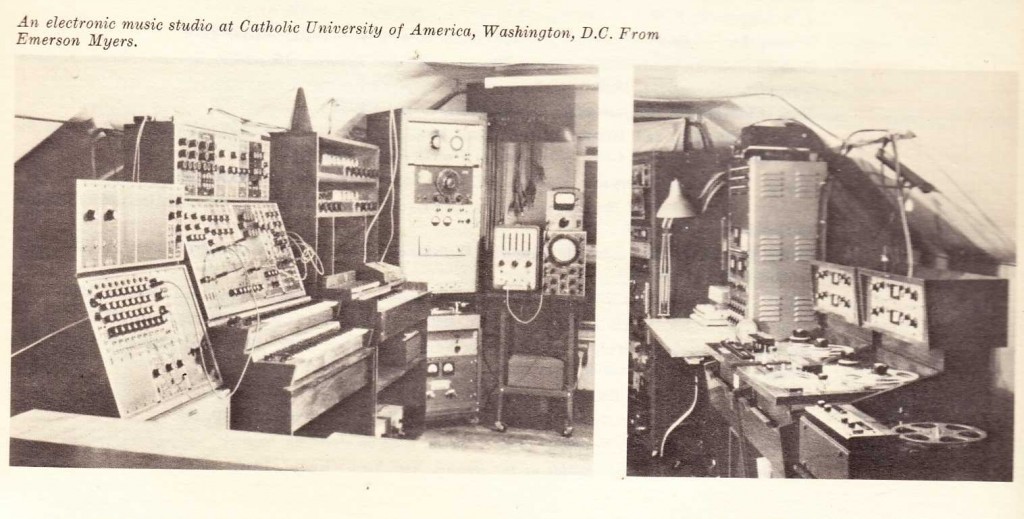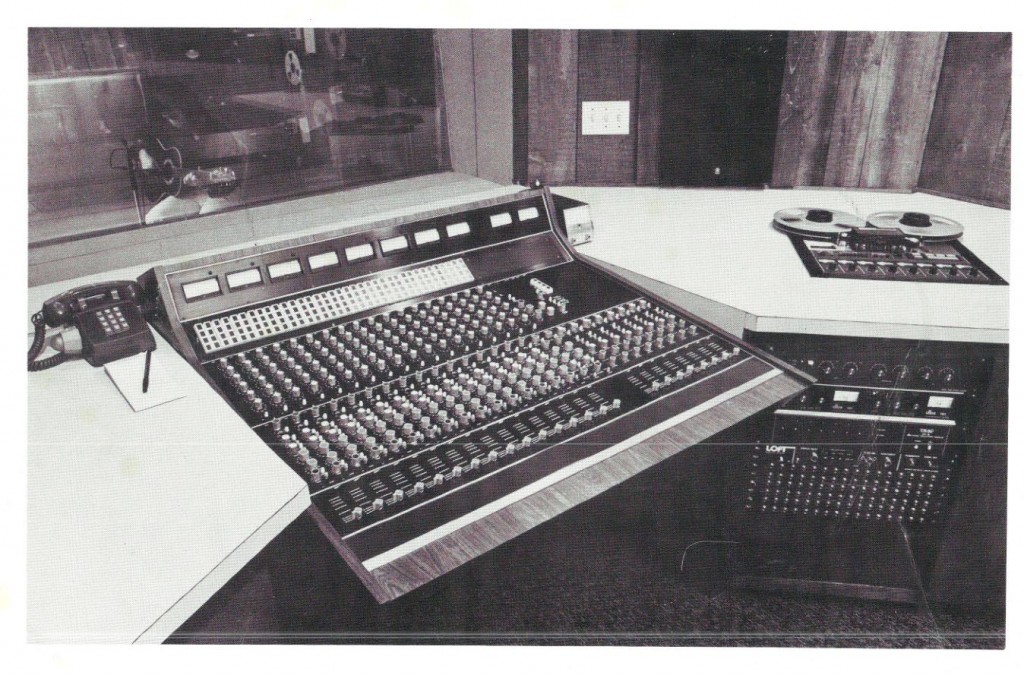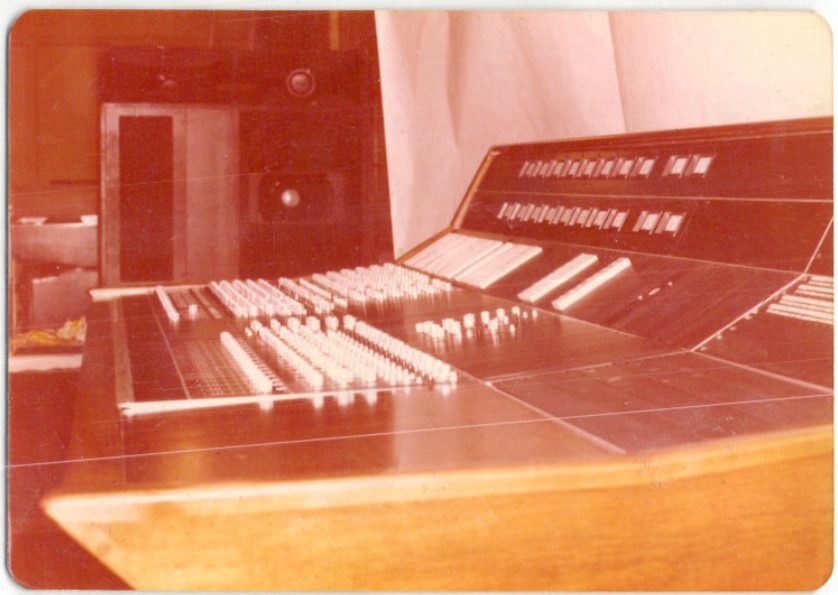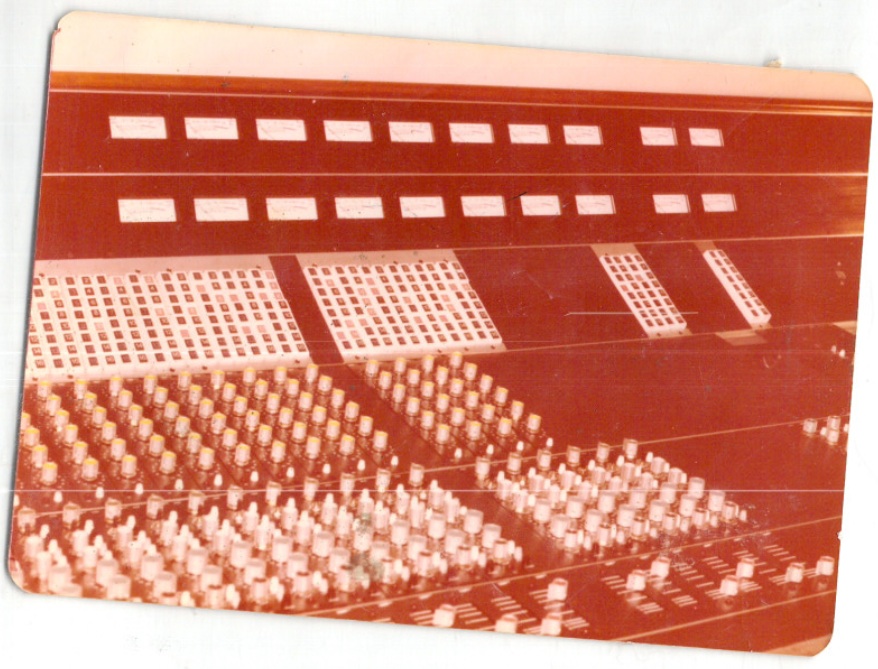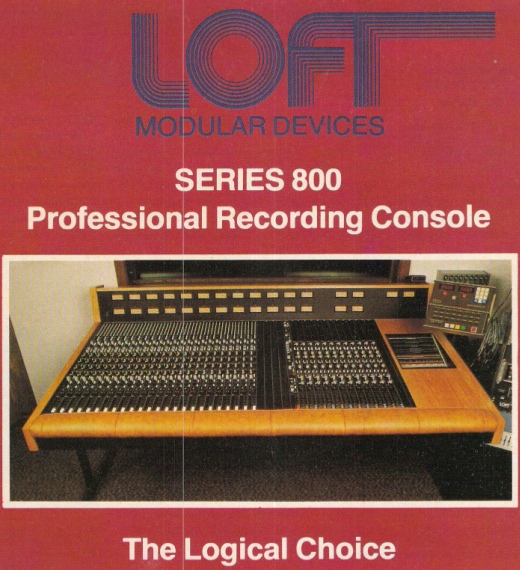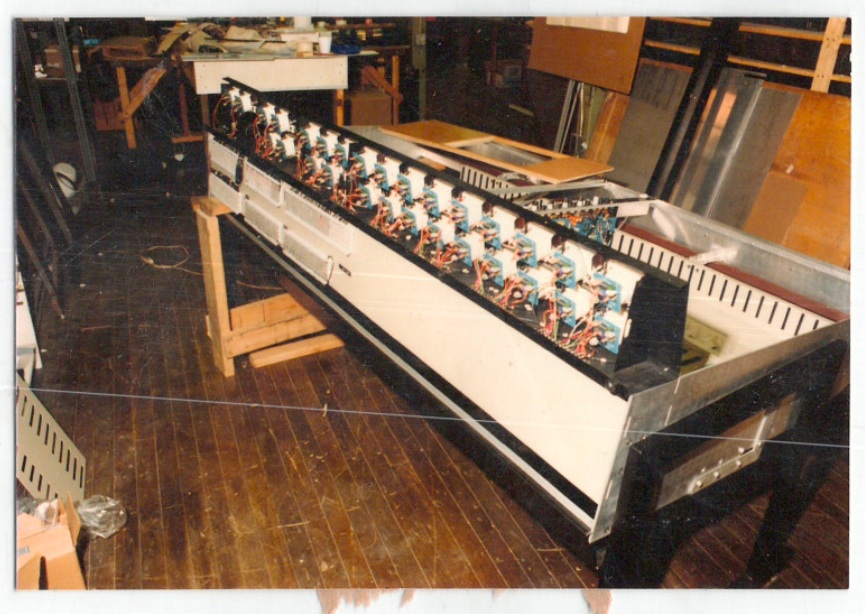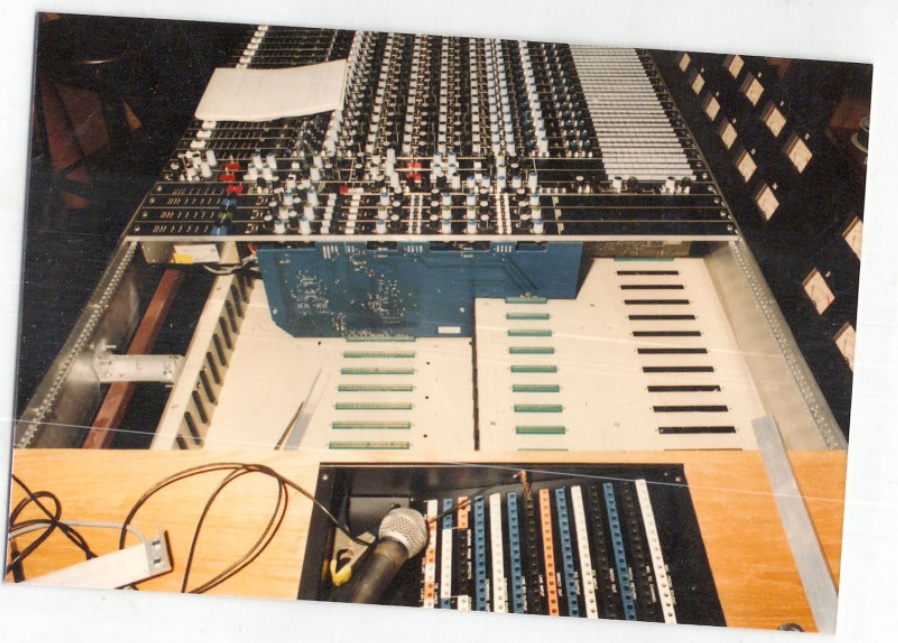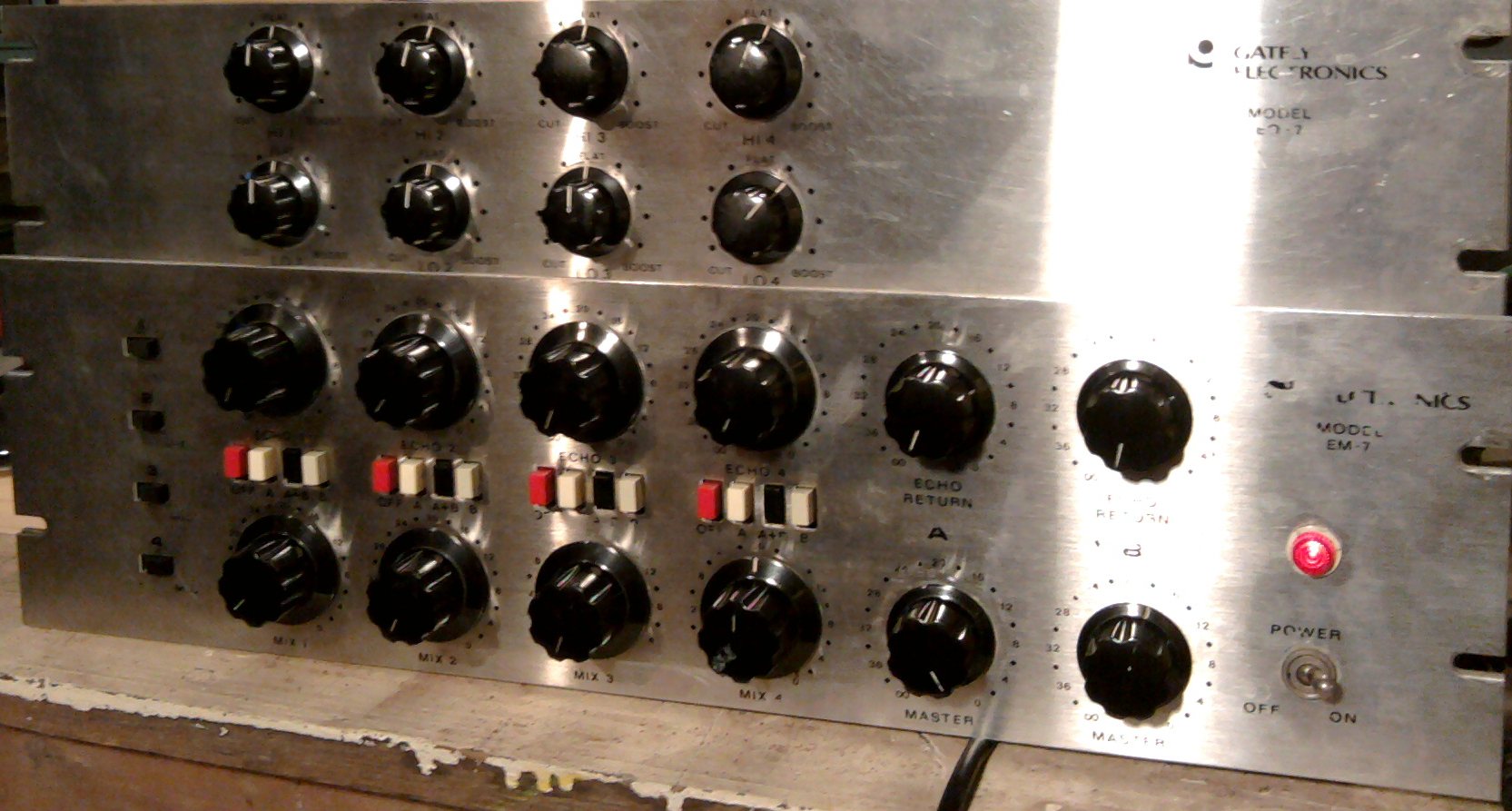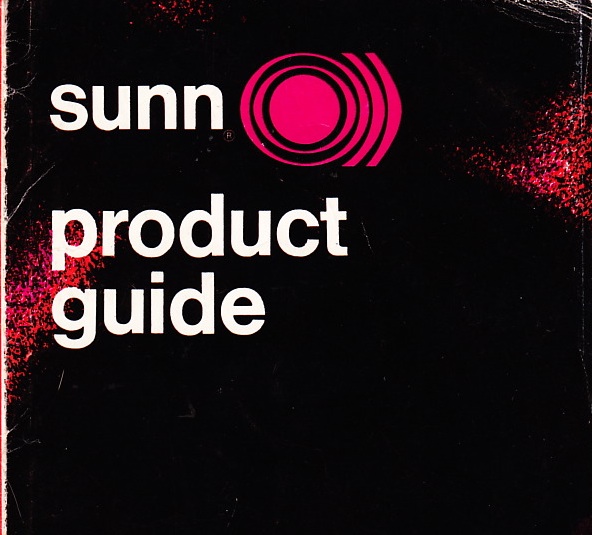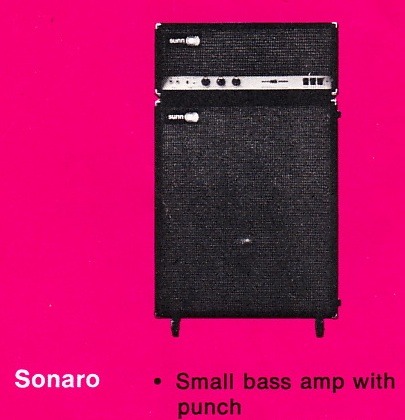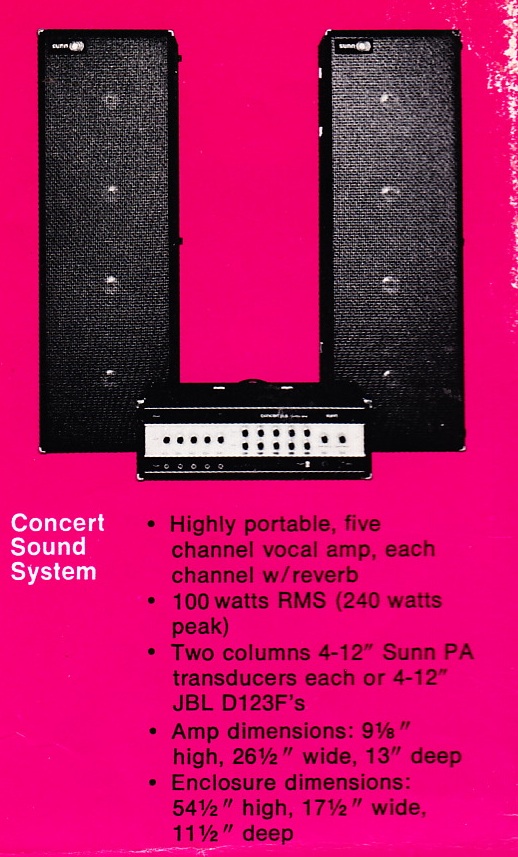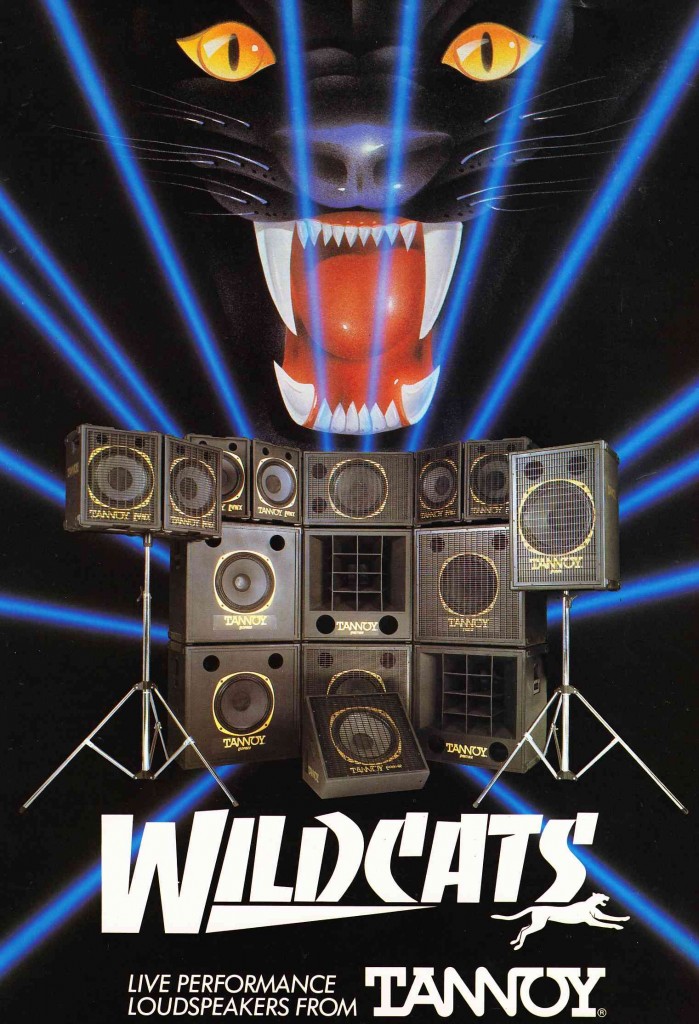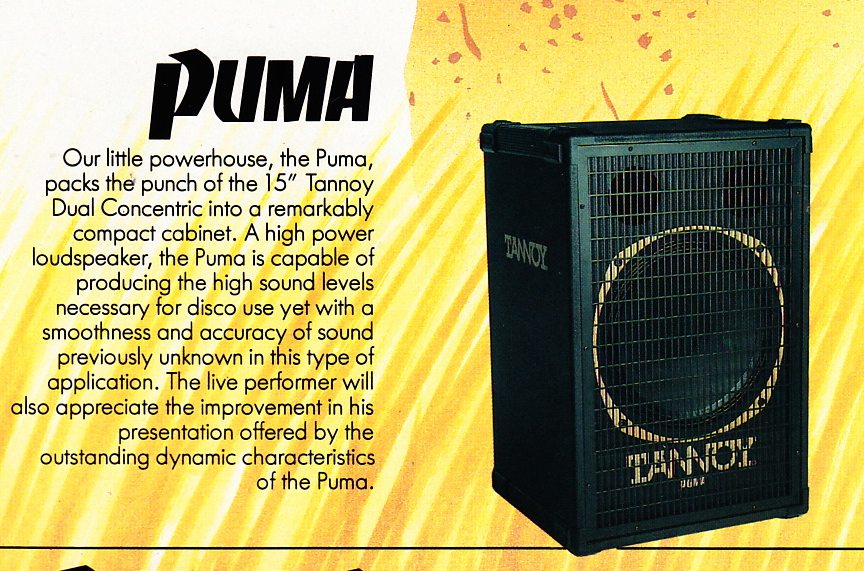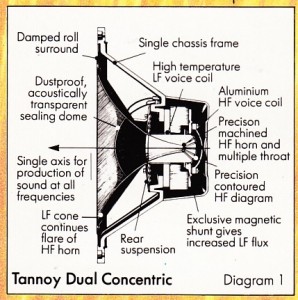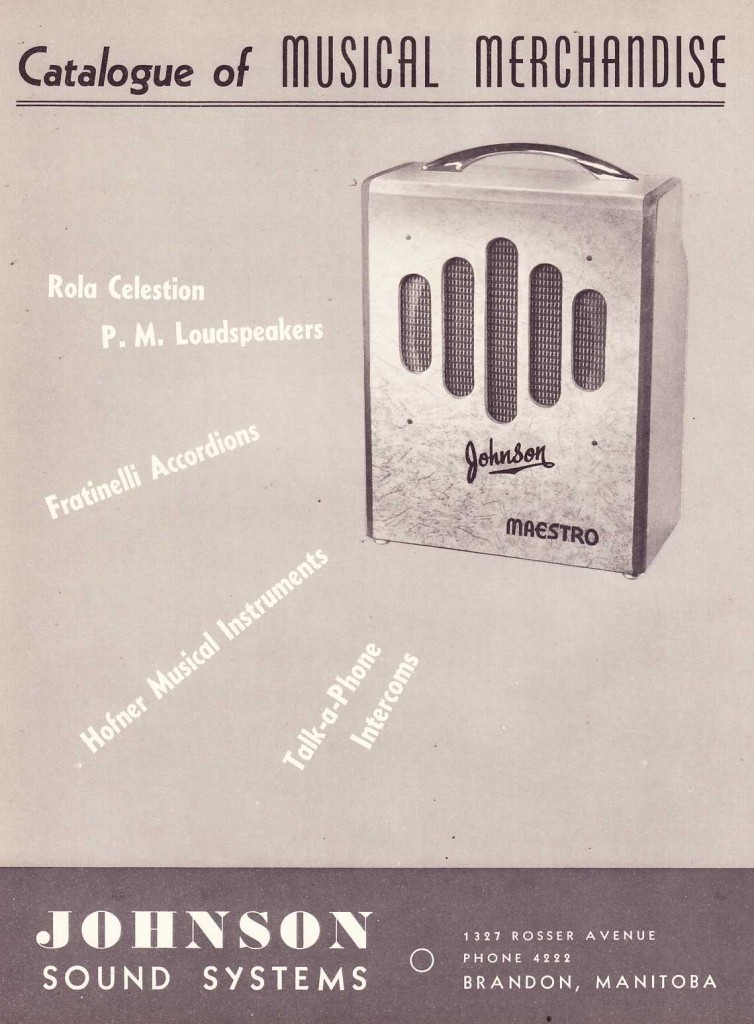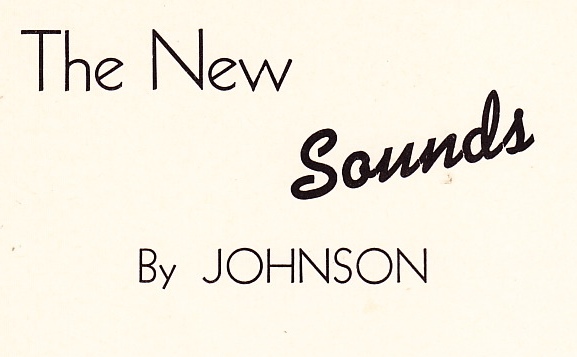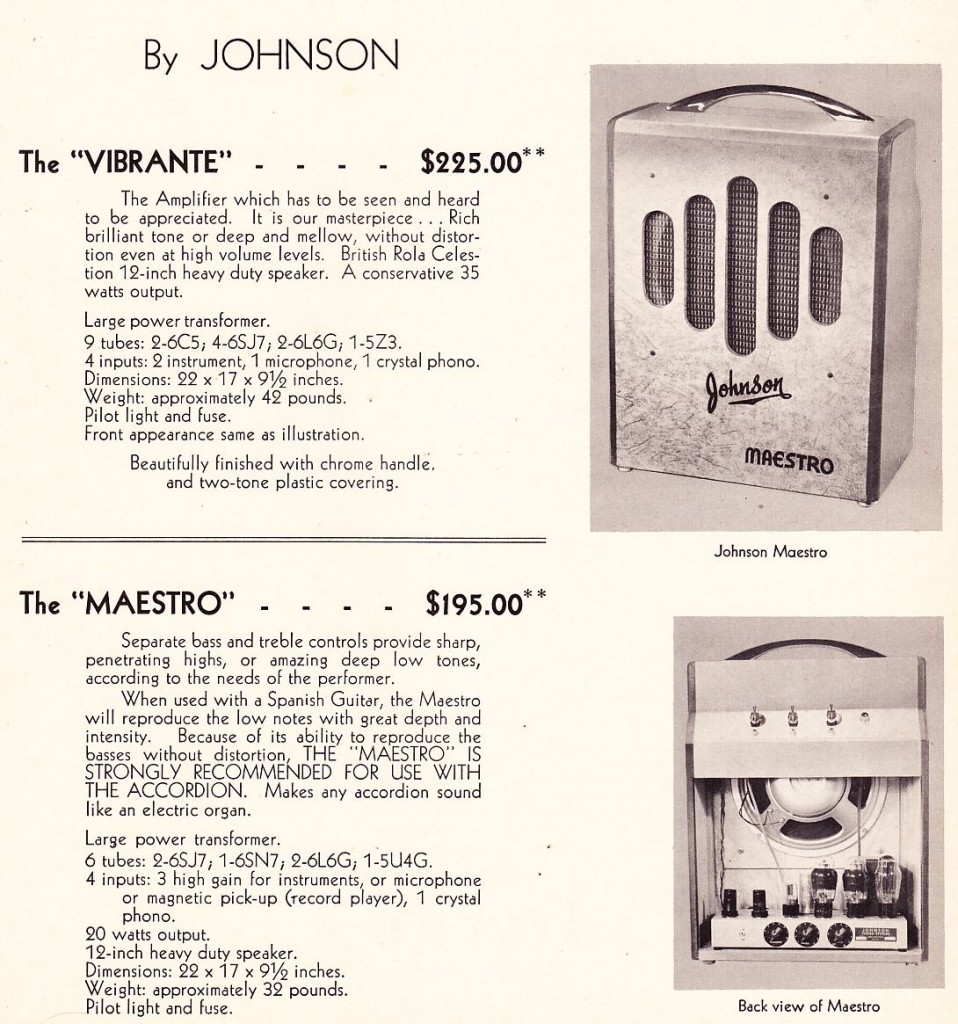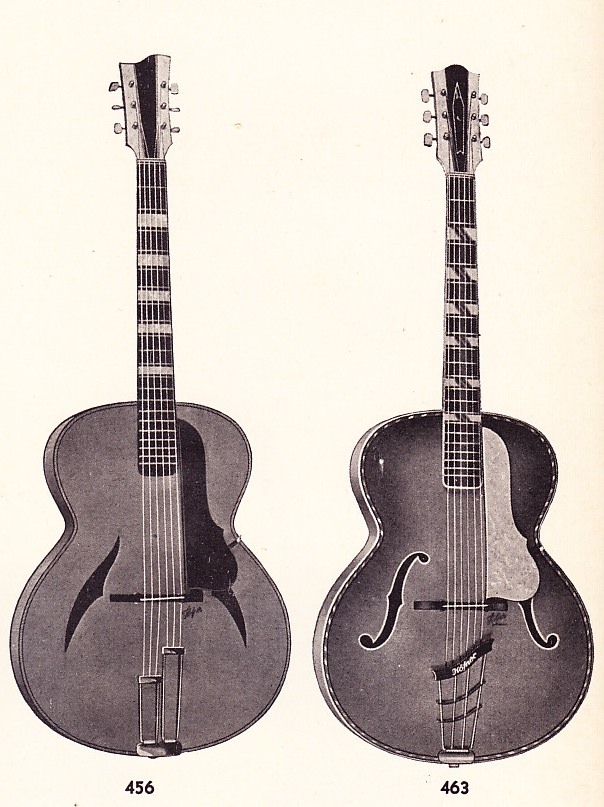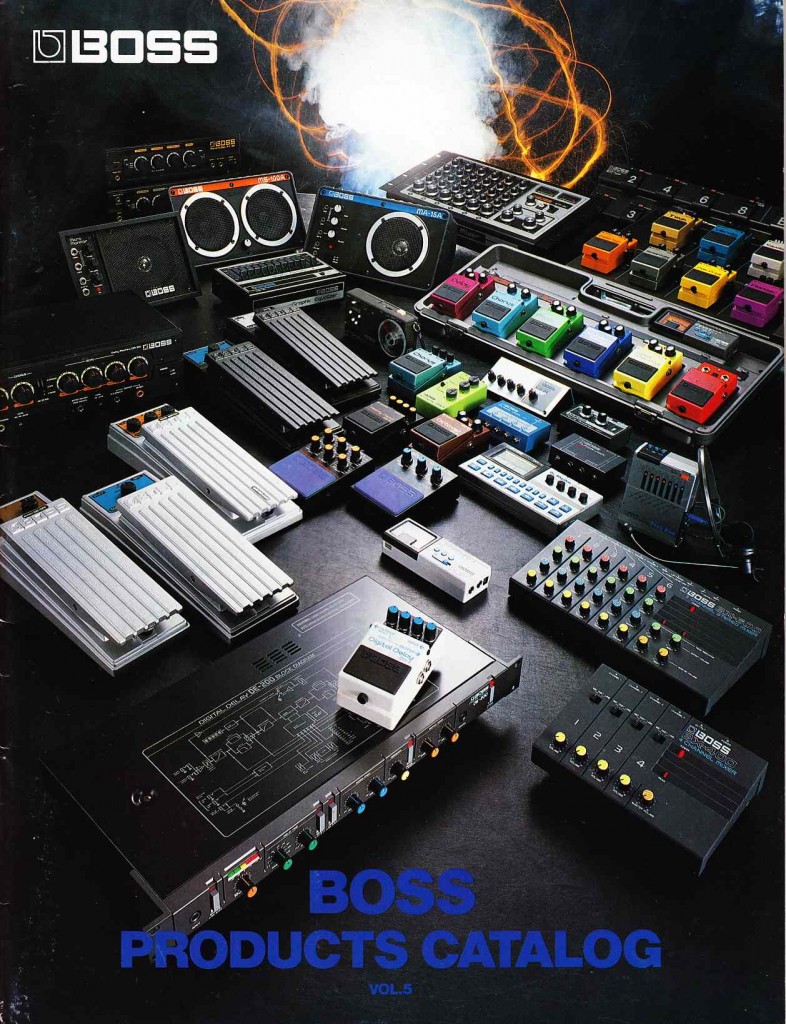 Download the entire twenty-four-page 1984 BOSS full-line catalog (7.3 MB file).
Download the entire twenty-four-page 1984 BOSS full-line catalog (7.3 MB file).
DOWNLOAD: Boss_Full_product_Line_1984
Products covered, with full specs and photos, include: Boss DD-2 digital delay, HM-2 heavy metal, CE-3 and CE-2 chorus, BF-2 flanger, CS-2 Compression Sustainer, DM-2 (analog) delay, OC-2 Octaver, VB-2 Vibrato, TW-1 touch wah, GE-10 equalizer, plus many more pedals; HC-2 handclapper and PC-2 Percussion synth; DE-200, DM-300, DM-100, RX-100 tabletop delay/reverbs; SCC-700 effects controller; BX-600, BX-400, KM-60 mixers; plus many more odd items.
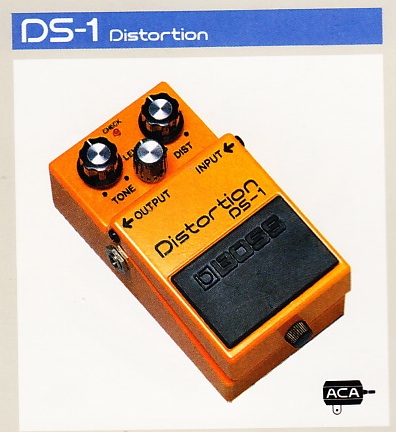 Volumes can be said about the BOSS brand of audio products. BOSS was created in 1976 as a guitarist-oriented division of the ROLAND corporation of Japan. They arrived at their classic form-factor of a small cast-metal pedal with large foot-switch and safely recessed knobs in 1977. Since then, these devices have become as ubiquitous as the electric-guitar itself.
Volumes can be said about the BOSS brand of audio products. BOSS was created in 1976 as a guitarist-oriented division of the ROLAND corporation of Japan. They arrived at their classic form-factor of a small cast-metal pedal with large foot-switch and safely recessed knobs in 1977. Since then, these devices have become as ubiquitous as the electric-guitar itself.
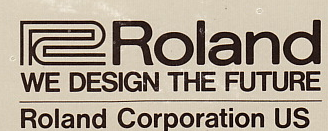 Audacious, perhaps, but probably accurate. When a young kid gets the guitar and amp he has been wanting, the next thing he wants is a ‘pedal.’ And more likely than not, that pedal will be a BOSS pedal. To a novice guitar-player, these effect units literally open up a world of possibilities, offering the potential to free the instrument entirely from the acoustic sound that the vibrating strings create and into a world of engineered audio.
Audacious, perhaps, but probably accurate. When a young kid gets the guitar and amp he has been wanting, the next thing he wants is a ‘pedal.’ And more likely than not, that pedal will be a BOSS pedal. To a novice guitar-player, these effect units literally open up a world of possibilities, offering the potential to free the instrument entirely from the acoustic sound that the vibrating strings create and into a world of engineered audio.
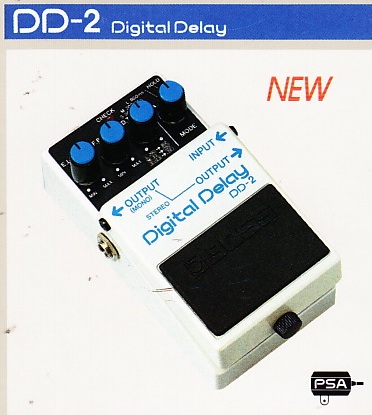 When I was a kid learning to play guitar, the BOSS digital delay pedal (ie ‘Echo pedal’) was our holy grail of pedal effects. These things were so expensive that almost no one could afford one. They cost as much or more than your amplifier. On the other hand, we had no interest in the DM-2 ‘Delay’ (read: Analog Delay) pedal, which has more limited echo time and ‘impefect’ ‘analog processing’ which causes noticeable high-frequency loss on the echo repeats.
When I was a kid learning to play guitar, the BOSS digital delay pedal (ie ‘Echo pedal’) was our holy grail of pedal effects. These things were so expensive that almost no one could afford one. They cost as much or more than your amplifier. On the other hand, we had no interest in the DM-2 ‘Delay’ (read: Analog Delay) pedal, which has more limited echo time and ‘impefect’ ‘analog processing’ which causes noticeable high-frequency loss on the echo repeats.
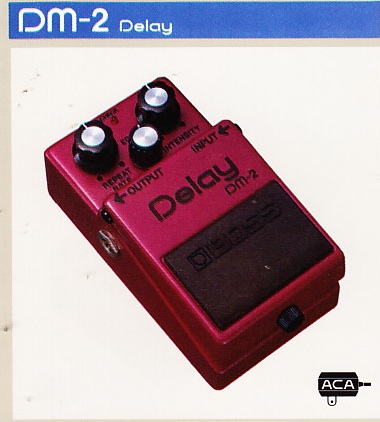 Ironic now that the DD-2 digital delay pedal is nearly worthless, while the DM-2 and DM-3 analog delay pedals of the same era trade for upwards of $400. I have been using a DM-2 in my live-performance guitar setup for several years and it is a truly great device.
Ironic now that the DD-2 digital delay pedal is nearly worthless, while the DM-2 and DM-3 analog delay pedals of the same era trade for upwards of $400. I have been using a DM-2 in my live-performance guitar setup for several years and it is a truly great device.
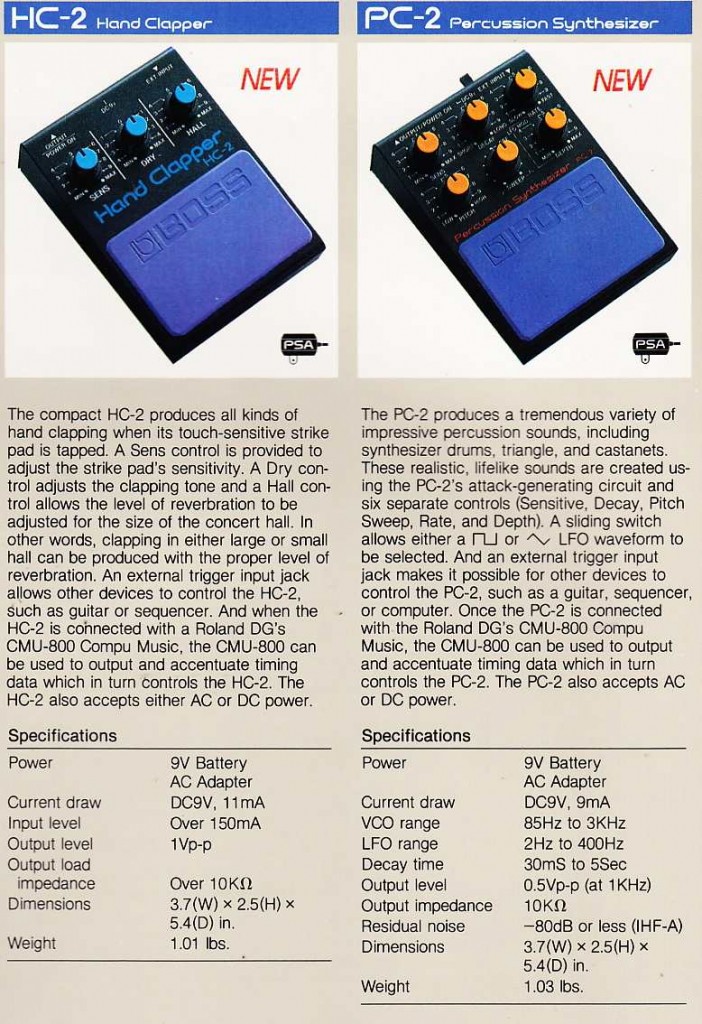 I used one of these percussion-synths for a long time too. These are very cool if you can find one cheap.
I used one of these percussion-synths for a long time too. These are very cool if you can find one cheap.
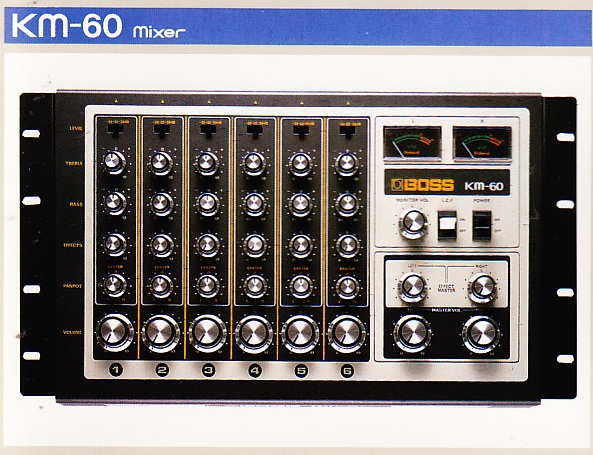 I can’t imagine that this mixer sounds very good but shit it is funky. A cosmetic holdover from the 1970s BOSS line.
I can’t imagine that this mixer sounds very good but shit it is funky. A cosmetic holdover from the 1970s BOSS line.
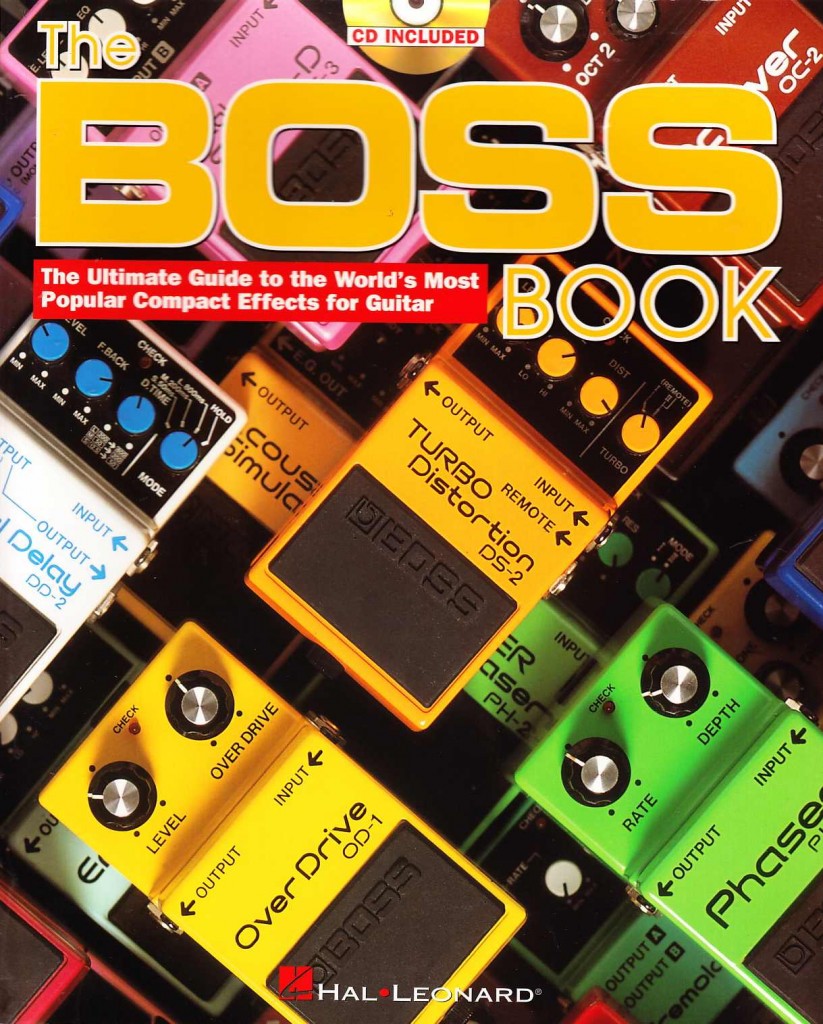 Have you seen ‘THE BOSS BOOK” (no author attributed) from Hal Leonard Publishers?
Have you seen ‘THE BOSS BOOK” (no author attributed) from Hal Leonard Publishers?
I encountered this 122-page volume at the bookshop one afternoon and I have to say: it is one of the best books in the (albeit limited) genre of ‘musical-instrument-writing’ that I have come across. Extremely dense, rigorous, and well-illustrated. If you have ever used guitar-effect pedals in your work, I highly suggest that you pick it up. “TBB” traces the development of each of the effect devices from their inception through discontinuation. This history is in many ways the history of the evolution of the electric guitar and audio processing in the 1980s. A lot to think about.
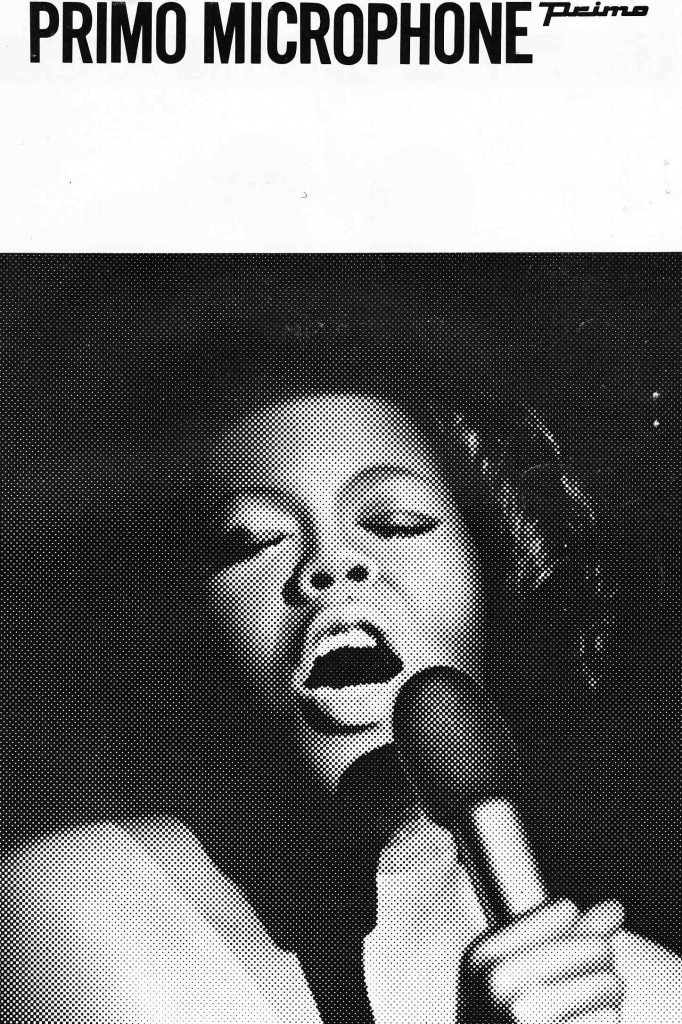 Download the entire 12-page Primo Microphone Catalog Circa 1980:
Download the entire 12-page Primo Microphone Catalog Circa 1980: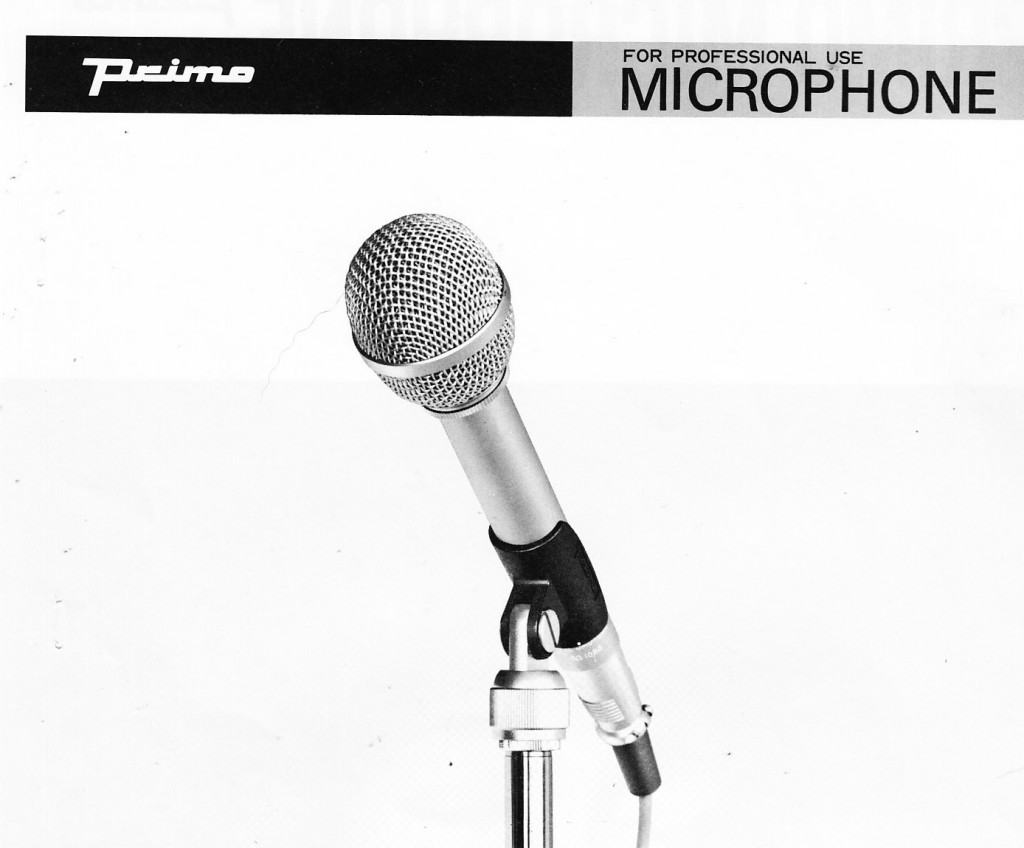 From what little information I can gather, these mics seems to have been made in Japan and then sold in the US by ‘primo,’ which also made telecommunications mics and/or mic elements. I have never come across one of the these units. Anyone?
From what little information I can gather, these mics seems to have been made in Japan and then sold in the US by ‘primo,’ which also made telecommunications mics and/or mic elements. I have never come across one of the these units. Anyone?